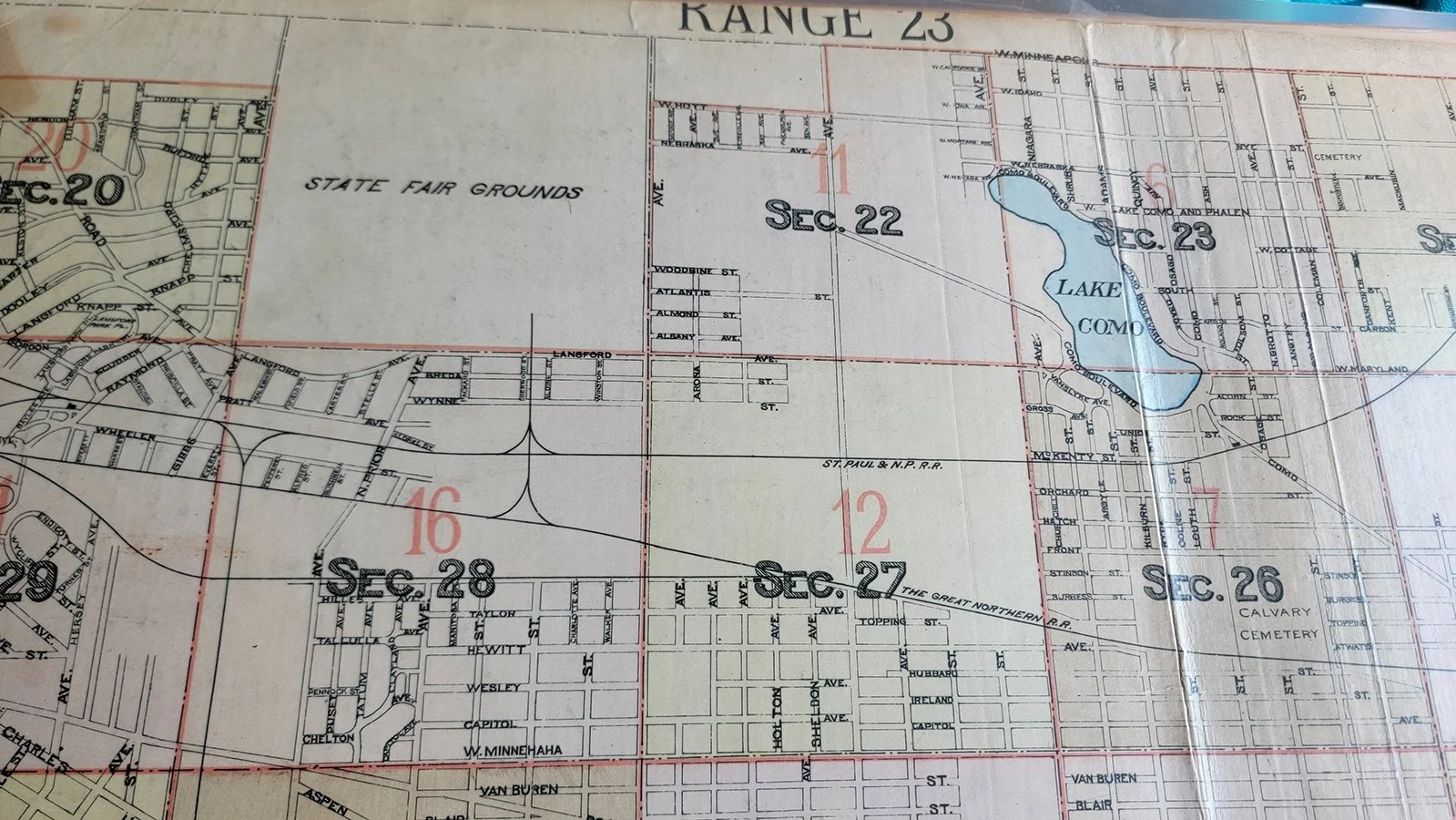Portland’s zoning overhaul is producing what every city says it wants: more homes people can actually afford.
Read More"Jane Jacobs ends through Robert Moses means" is the modus operandi of many planners and advocates. It's also a total misunderstanding of both the brilliance of Jacobs and the shortcomings of Moses.
Read MoreWhile many states grapple with housing shortages and affordability issues, Montana is proactively implementing policies to address these challenges head-on.
Read MoreFor decades, we've been living under an unspoken grand bargain when it comes to housing. Most people don’t think about explicitly, but it shapes nearly every conversation we have about growth, change and affordability in our cities and towns. It’s time to change the conversation.
Read MoreIn this episode, Chuck discusses the common misbelief that an incremental approach to housing development is inherently slow, what that means for major cities, and how to make incremental housing more appealing to people who don’t want their neighborhoods to change.
Read MoreIn this special episode of Bottom-Up Shorts, host Norm Van Eeden Petersman is joined by Edward Erfurt, chief technical advisor for Strong Towns, to discuss real-world examples of a transformative 4-step approach to public investment.
Read MoreTo escape the housing crisis, we need a lot of housing to be built quickly. The key isn't large, ponderous projects; it's fast, widespread incremental development. We know the types of units that can be scaled and we know how to build them. The only thing we need now is for cities to devote themselves to doing it.
Read MoreRik Adamski is the founder of a planning firm that strives to help cities create thriving places by drawing on the wisdom of the past. He joins this episode of The Bottom-Up Revolution to discuss his approach to planning and the challenges of implementing a new planning approach in cities.
Read MoreAsheville's River Arts District, North Carolina's flagship for authentic incrementalism, was destroyed by Hurricane Helene. Here's why it's so important that people continue embracing incrementalism to bring it back.
Read MoreAmericans are suckers for the idea of a moonshot, of taking a big, challenging risk and earning a huge payoff. The problem is, these moonshots usually fail, especially when they're trying to fix complex, chronic problems like traffic safety. There's a better way.
Read MoreSometimes, cities say that they’re taking an incremental approach when they’re really just breaking a master plan down into steps. This method lacks the creative, bottom-up nature that makes incremental development so resilient, tricking people into believing they’re making their city stronger when they’re really not.
Read MoreRecently, the city of Winnipeg, Canada, decided to ban on-street parking near a dangerous intersection, hoping that wider sight lines would reduce collisions. The process the city used to create this plan, as well as the discussion it triggered with the public, offers insights for advocates hoping to make their streets safer.
Read MoreIncrementalism is an important element of the Strong Towns approach—both in theory and in practice.
Read MoreIf your city, like so many others, needs more housing and fast, then here’s a way some places are streamlining the process.
Read MoreIs your city leaping before it hops?
Read MoreThe notion that there is strength in smallness can be found everywhere in the Strong Towns approach—but what’s so special about small?
Read MoreThese cottages designed for disaster relief show that an immediate housing solution can also be a part of long-term recovery.
Read MoreThis series of studies of 19th-century development in St. Paul, MN, can help us understand some of the earliest traces of what would later become the suburban development pattern.
Read MoreWhat if, rather than having to move because of life changes, your house itself could change? We present to you THE architectural solution to this common problem: The Incredible Expanding and Shrinking House.
Read MoreA troubled project in Mission, KS, speaks to the problems with large, single-developer projects—but also why fixating on the "bad developer" narrative isn't necessarily helpful.
Read More



















